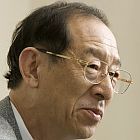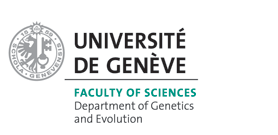Sciences II, room A300, University of Geneva
Motoo Kimura developed this theory in the 60-70's to explain the high level of molecular diversity observed in populations, stipulating that the majority of mutations were neutral or nearly neutral, but without eliminating the role of natural selection. This theory has been somewhat marginalized in the past two decades. However, it is a fundamental theory that can explain many evolutionary changes. It is also the base of the molecular clock theory used by many researchers for their phylogenetic reconstructions.
Forty years after Kimura, and given the dramatic developments in molecular genetics and evidence of selection in many genes, where do we stand?
Speakers
The Current Status of the Neutral Theory of Molecular Evolution

Near Neutrality: the Mutational-Hazard Theory of Genome Evolution

Markets and Gods don't like neutral evolution!






